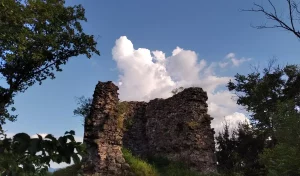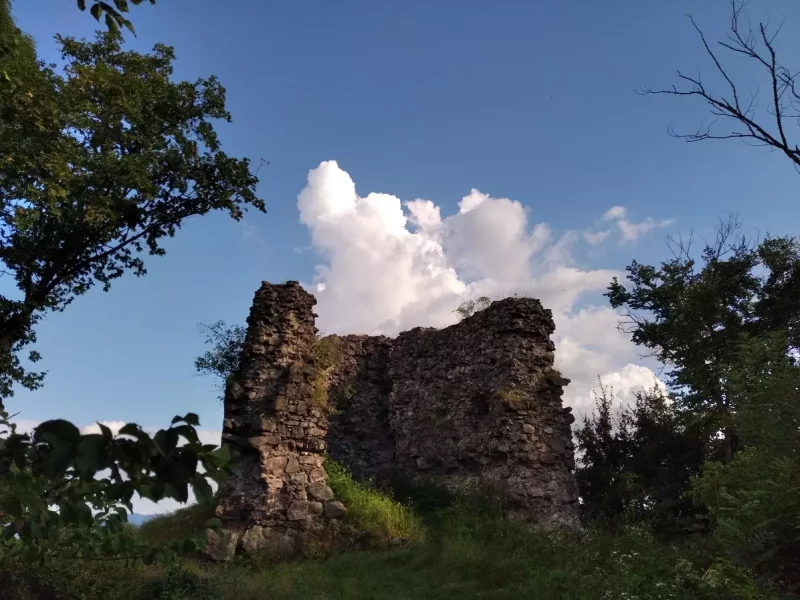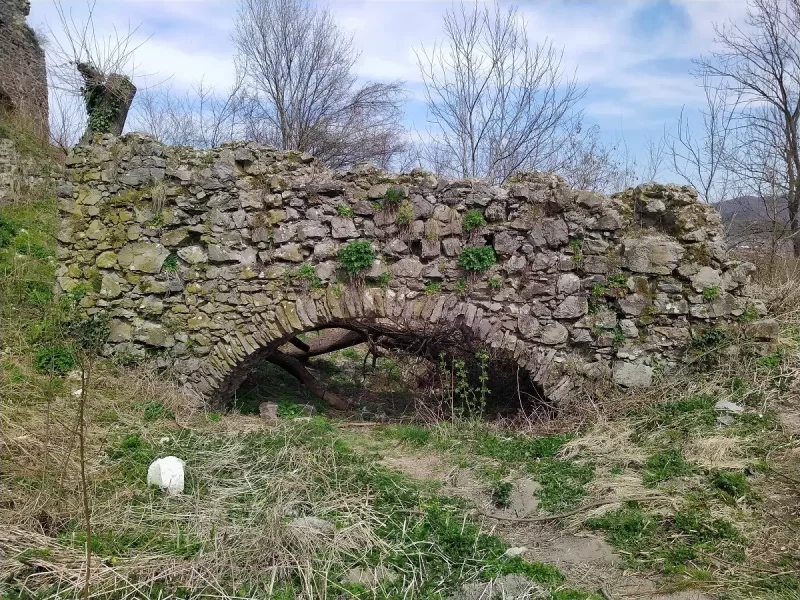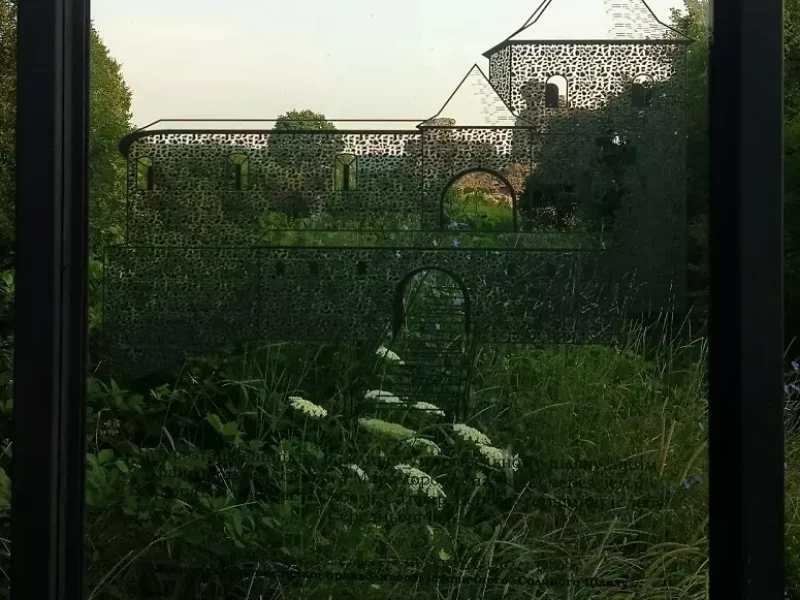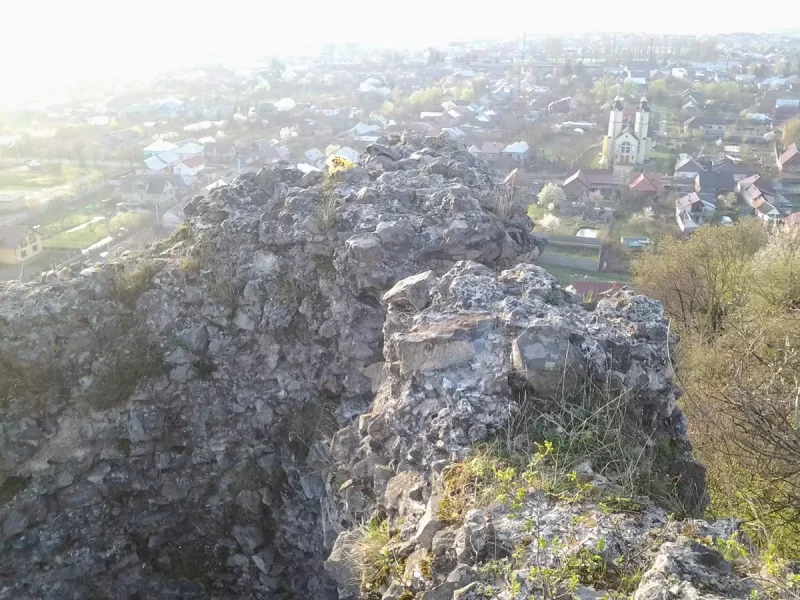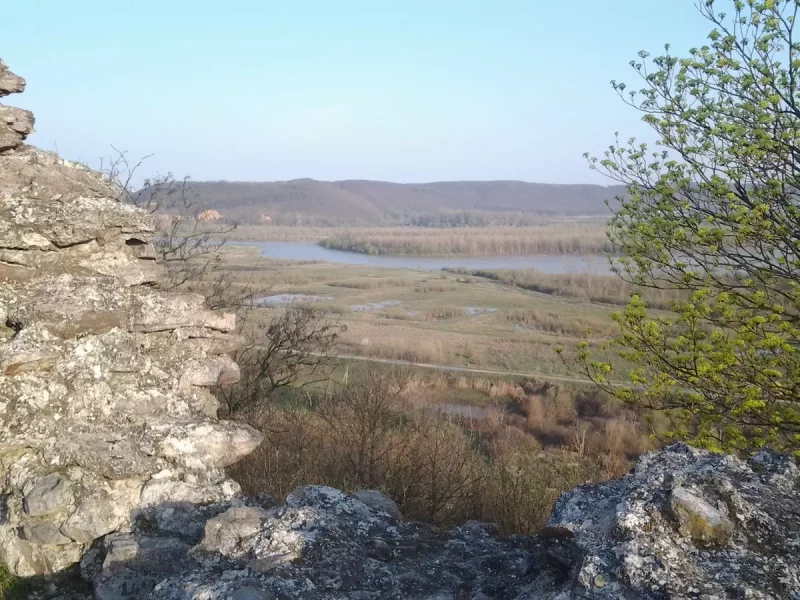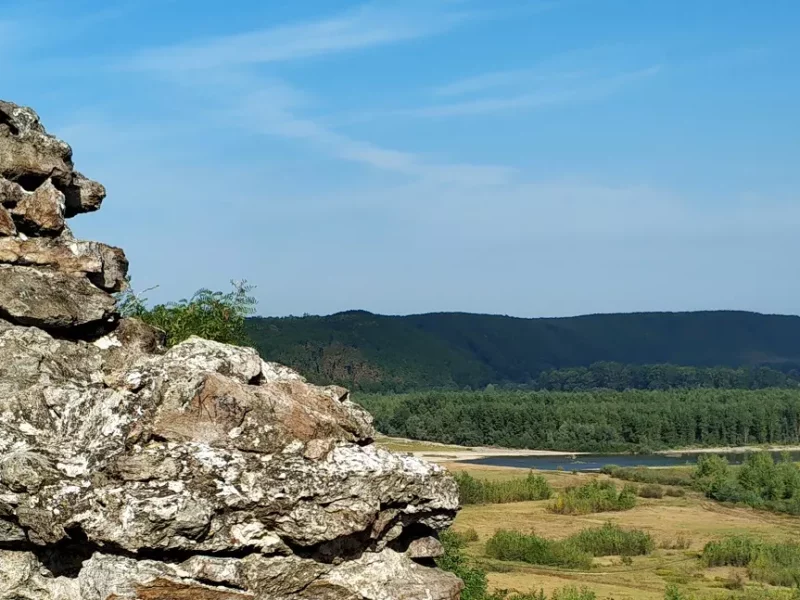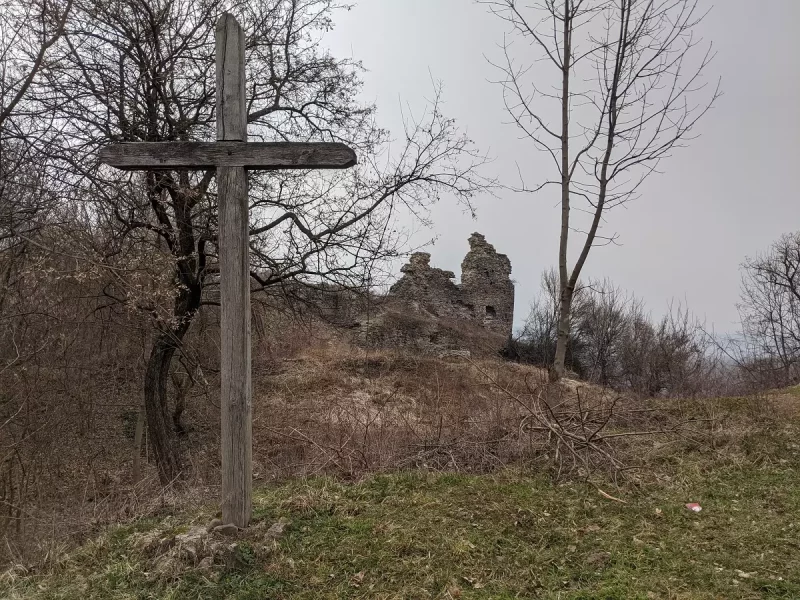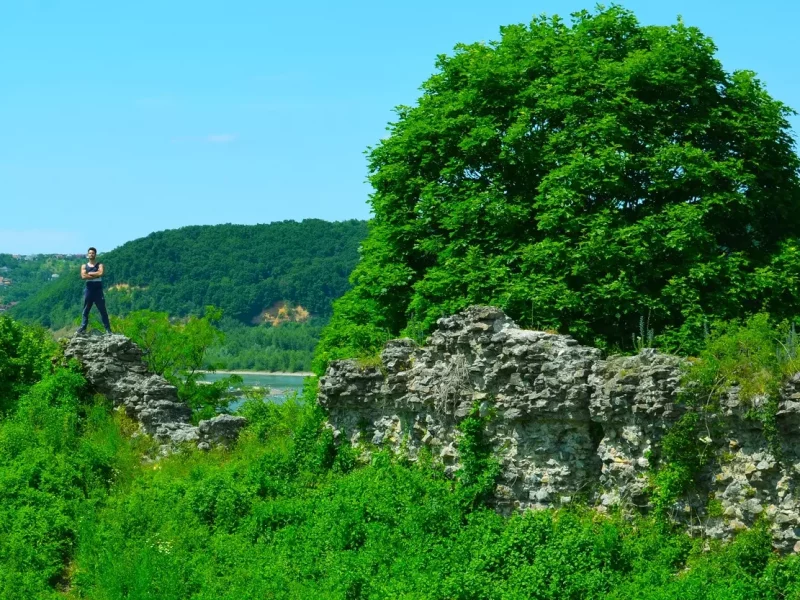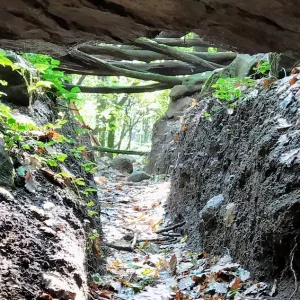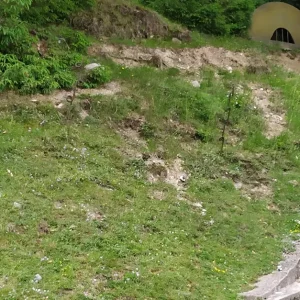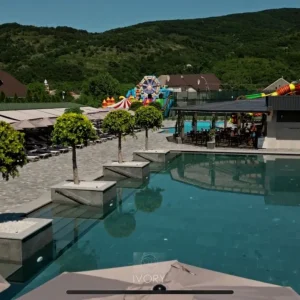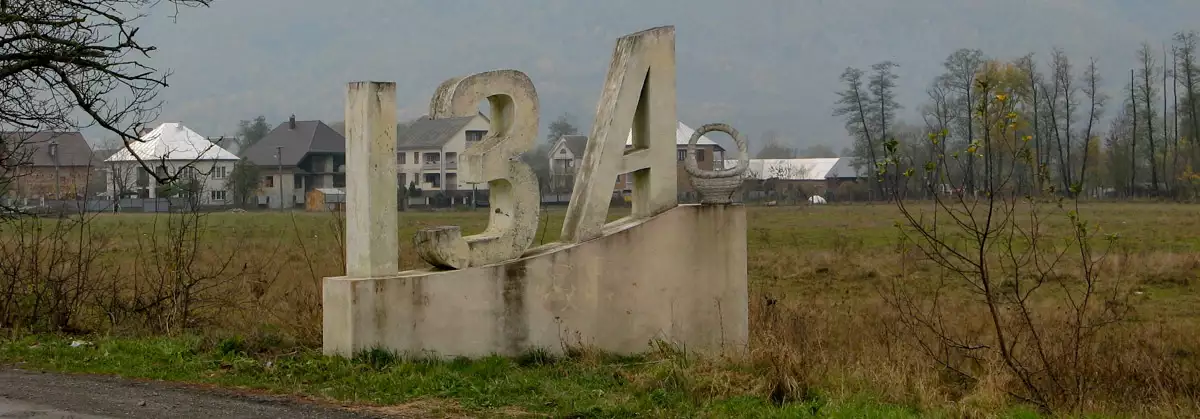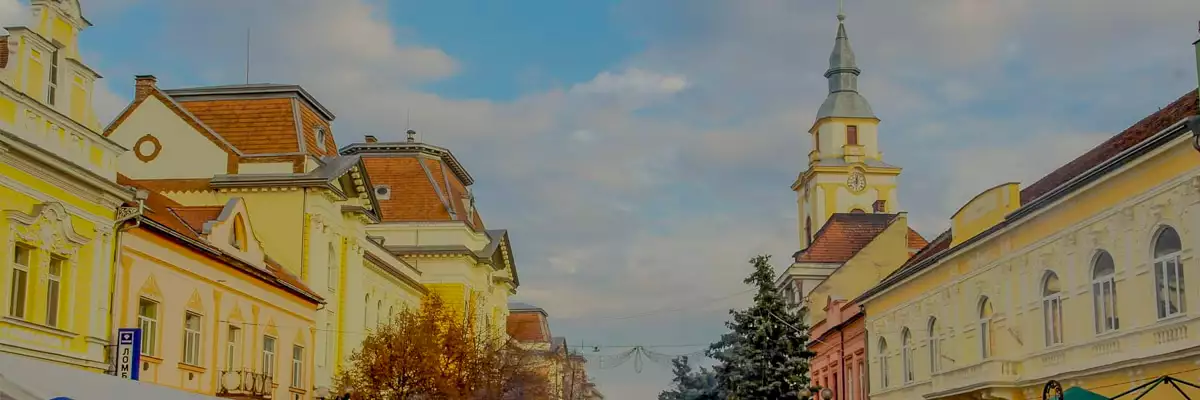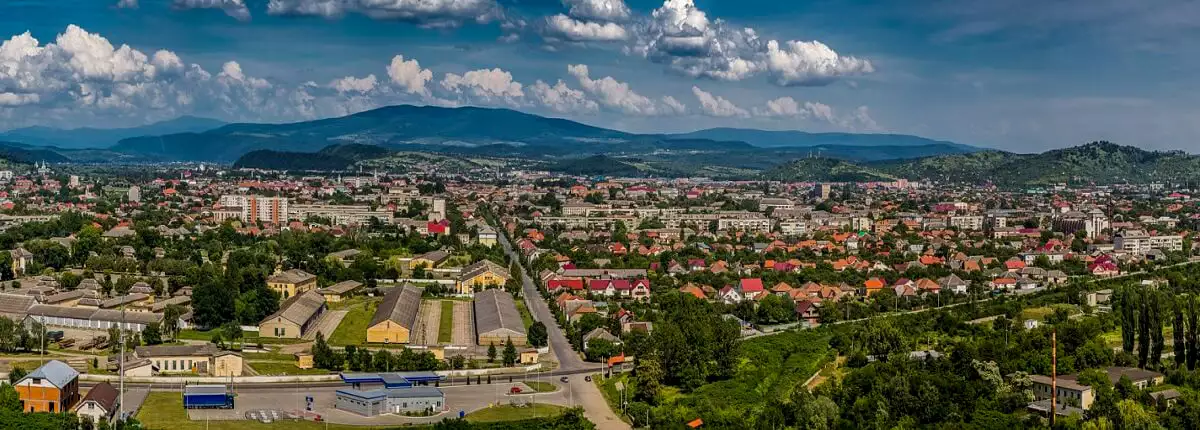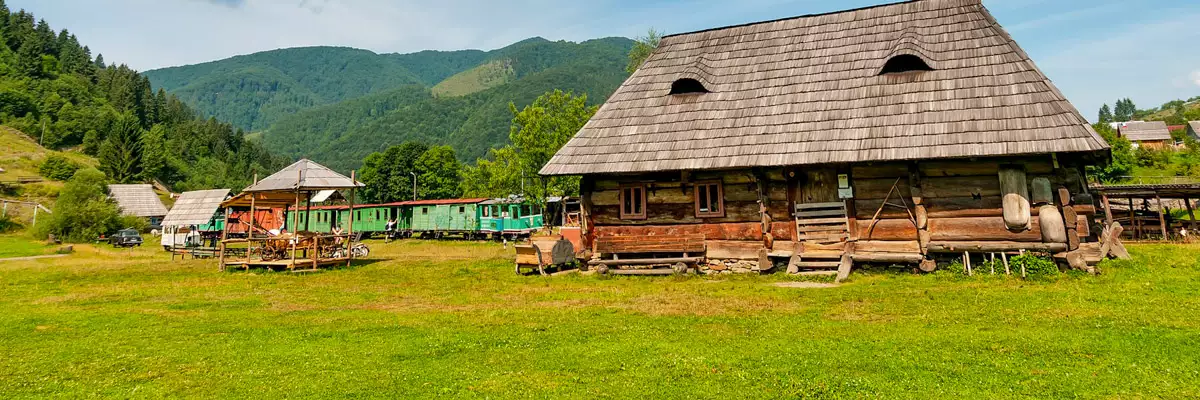History of the medieval Nyalab Castle
In the 12th century, Hungarian King Istvan V ordered the construction of a wooden hunting lodge on the site of an old Slavic settlement. Hence the Hungarian name of the castle – Kiralgaza – “King’s House”.
To strengthen the borders of the state and protect the “salt route” in the second half of the 13th century, Beilla IV built a stone fortress here. At the beginning of the XIV century, after the capture of the royal troops Kankiv Castle, its owner, Beke Borshaw, a member of the anti-Habsburg coalition of feudal lords, took refuge in the Royal Castle. The fortress withstood a long siege, but was eventually occupied by the soldiers of the Hungarian King Charles Robert. By his order, the heavily damaged fortress was rebuilt by the Italian architect Aristotle Fioravanti (who supervised the construction of the Assumption Cathedral in the Moscow Kremlin).
According to the charter of 1378, King Zygmond gave the castle and the dominion to the Maramorosh Zupan Dovg, but, fearing the growing influence of the Volga voivodes, in 1405 he gave Nyalab to the Pereni family of barons.
In 1514, the participants of the uprising led by Derdja Doža attacked the castle and burned the outbuildings. In 1526, the owner of the castle, Gabor Pereni, was killed during the Battle of Mohacs. His widow and her children and their tutor Benedek Komiati, a native of the neighbouring village of Velyki Komiati, stayed in the castle. In the Royal Castle, he translated part of the Bible from Latin into Hungarian. This translation was published in Krakow in 1533. Thus, Benedek Komiati went down in the history of the Reformation of the church in Hungary.
In the sixteenth and seventeenth centuries, there were frequent disagreements between the Pereni and the Habsburgs. In 1672, after the exposure of an anti-Habsburg conspiracy, the castle was destroyed by order of King Leopold I, although the owner of the castle was not proven to have been involved in the plot. After that, the fortress was never restored.
